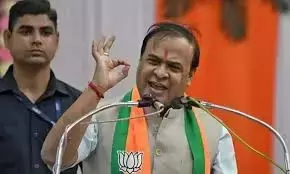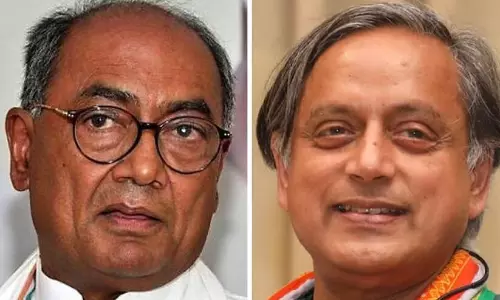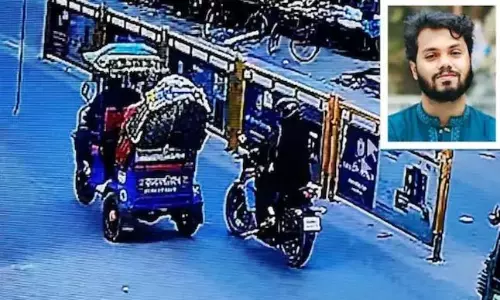
Maharashtra villages go for 'one village, one Ganpati' concept
text_fieldsMumbai: Maharashtra is slowly embracing a decades-old concept aimed at unity, minimalism, and environmental good - 'one village, one Ganpati'.
This Ganesh Chaturthi, many in the state took to the approach. The idea was proposed by communist leader Bhau Sakharam Patil in 1961 and it has been slowly growing among the Maharashtrians.
This year, 593 villages in Satara installed a common Ganesh idol. As many as 200 villages in Sangli, 300 villages in Solapur, and 400 villages in the Pune district also followed suit. In the Marathwada range comprising Aurangabad rural, Jalna, Beed, and Osmanabad districts, 1,351 villages adhered to the One Village, One Ganpati policy. In the Nanded range, 1,405 villages installed a common idol. In the five districts of the Nashik range, 1,750 villages implemented the same.
Inspector General of Police (Aurangabad range) K M M Prasanna thinks the pandemic also encouraged people to spend less money on festivals.
It is common across India to build mandals to install idols of Lord Ganpati. On top of that, several other households and groups take to building their own stages and installing idols to worship.
After the flu epidemic of 1961, Patil in Agroli village (now in Navi Mumbai) suggested that each family does not need a separate idol. Having one common idol of Lord Ganesh will save money.
Bhushan Patil, a grandson of Bhau Patil, said the village was full of fisherfolk and salt pan workers who were strapped for money. They borrowed money for the festival and suffered the consequences. "Initially people of the village were not very receptive to the idea as they were afraid that a breach of tradition will invite divine wrath," he added.
The concept of one Ganesh has become a tradition in Agroli for over 60 years. "It has helped foster unity in the village. There are 1,500 families in the village and every household contributes to the festival."
According to Manoj Lohiya, Special Inspector General of Police (Kolhapur Range), One Village One Ganpati concept is now popular in western Maharashtra too, especially in Satara, Sangli, and rural areas of Solapur and Pune districts.























